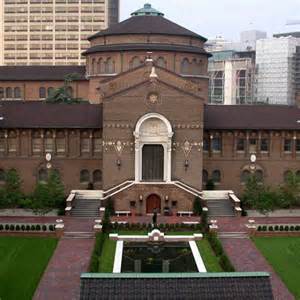Feb 13 2016 - Nov 27 2016
The historical King Midas lived in the prosperous city of Gordion, the political and cultural capital of the Phrygians nearly 3,000 years ago. In 1957, Penn Museum archaeologists excavated a spectacular royal tomb believed to be the final resting place of King Midas’ father Gordios. Dating to ca. 740 BCE, the tomb contained a treasure trove of magnificent objects from the time of Midas. This world-exclusive exhibition, developed by the Penn Museum in partnership with the Republic of Turkey, is your chance to view more than 120 dazzling objects, including those from the royal tomb, on special loan from Turkish museums in Ankara, Istanbul, Antalya, and Gordion.
The Penn Museum’s discovery of the royal tomb created an international sensation in the late 1950s. The height of the burial mound, which is one of the largest in Turkey, is equivalent to a 17-story building. The tomb chamber within still ranks as the oldest standing wooden building in the world. The exhibition includes many of the bronze vessels from the tomb—most of which will be shown in the U.S. for the first time— that had been used by the mourners at his funerary feast.
Also featured are jewelry, statuary, exquisitely painted pottery, and architectural decoration—including the oldest colored stone mosaic ever made. Ivory furniture panels from northern Iraq (8th c BCE) and elaborate gold jewelry that once decorated a shroud from the Caucasus Mountains (5th c BCE) are among the outstanding artifacts from neighboring realms, all of which demonstrate a legendary king’s extraordinary power and golden touch.
Credit: Exhibition overview from museum website
Exhibition Venues & Dates
Feb 13 2016 - Nov 27 2016
